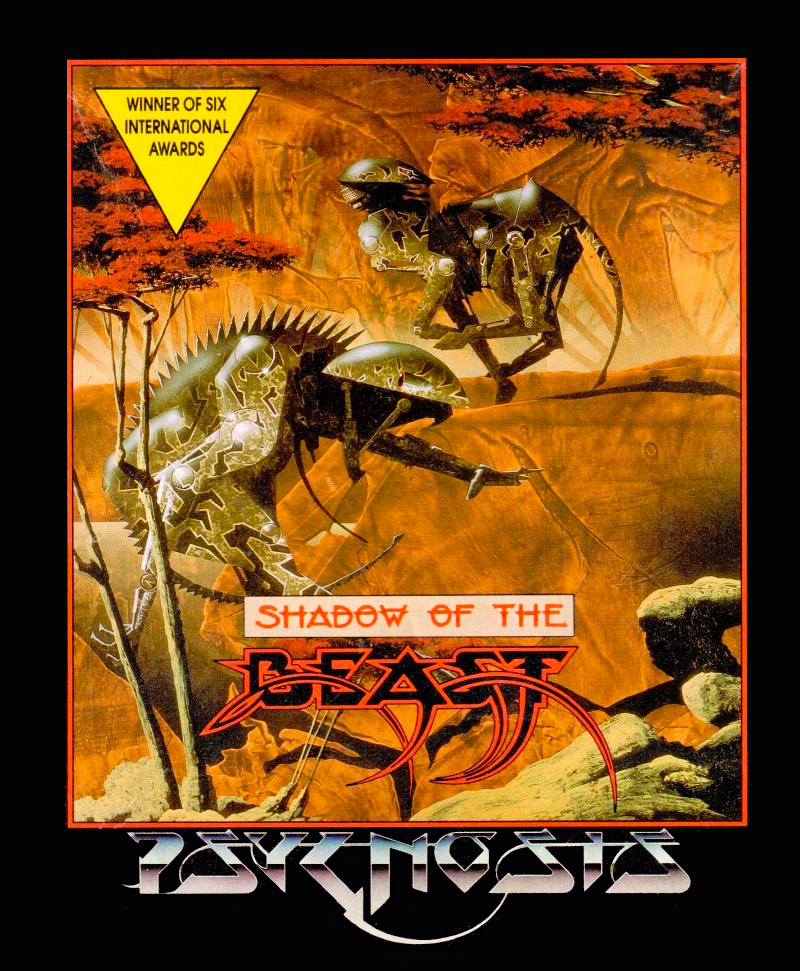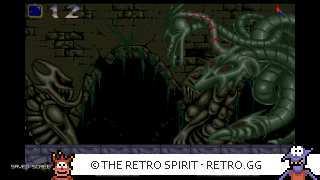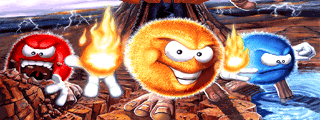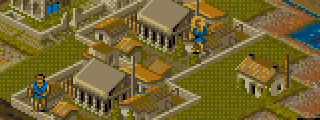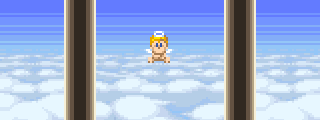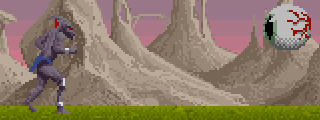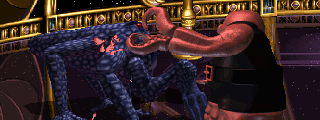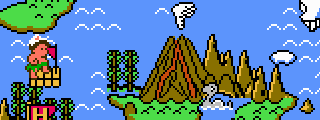Releases
Released by Sega in Japan in 1988, North America in 1989, and the PAL region in 1990. Mega Drive was the name used in Japan and Europe, while it was sold under the name Sega Genesis in North America, as Sega was unable to secure legal rights to the Mega Drive name in that region. The Mega Drive was Sega's fifth home console and the successor to the Sega Master System.
The Master System (マスターシステム Masutā Shisutemu?), often called the Sega Master System or SMS, is a third-generation video game console that was manufactured and released by Sega in 1985 in Japan (as the Sega Mark III), 1986 in North America, 1987 in Europe and 1989 in Brazil. The original Master System could play both cartridges and the credit card-sized "Sega Cards," which retailed for cheaper prices than cartridges but had lower storage capacity. The Master System also featured accessories such as a light gun and 3D glasses which were designed to work with a range of specially coded games. The Master System was released as a direct competitor to the Nintendo Entertainment System in the third videogame generation. The Master System was technically superior to the NES, which predated its release by nine months in North America, but failed to overturn Nintendo's significant market share advantage in Japan and North America. In the European, Brazilian and Oceanic markets, this console allowed Sega to outsell Nintendo, due to its wider availability. It enjoyed over a decade of life in those territories and was supported in Europe up until 1996. Up until 1994, it was the console with the largest active installed user base in Western Europe, peaking at 6.25 million units in 1993. The console was redesigned several times both for marketing purposes and to add features, most notably in Brazil by Tectoy. The later Game Gear is effectively a hand-held Master System, with a few enhancements. One of the most unusual features of the Master System is its dual media inputs: one cartridge slot and one card slot. The card slot accepted small cards about the size of a credit card, much like the later TurboGrafx-16.
The Amiga is a family of personal computers sold by Commodore in the 1980s and 1990s. Based on the Motorola 68000 family of microprocessors, the machine has a custom chipset with graphics and sound capabilities that were unprecedented for the price, and a pre-emptive multitasking operating system called AmigaOS. The Amiga provided a significant upgrade from earlier 8-bit home computers, including Commodore's own C64. It had many games that were graphically superior to competitors and the sound cards allowed for much richer music than previously.
TurboGrafx-16, fully titled as TurboGrafx-16 Entertainment SuperSystem and known in Japan as the PC Engine, is a video game console developed by Hudson Soft and NEC, released in Japan on October 30, 1987, and in North America on August 29, 1989.
The Commodore 64, also known as the C64 or the CBM 64, is an 8-bit home computer introduced in January 1982 by Commodore International. Preceded by the Commodore VIC-20 and Commodore PET, the C64 took its name from its 64 kilobytes (65,536 bytes) of RAM. With support for multicolor sprites and a custom chip for waveform generation, the C64 could create superior visuals and audio compared to systems without such custom hardware. The C64 dominated the low-end computer market (except in the UK and Japan, lasting only about six months in Japan) for most of the later years of the 1980s.
License
Abandonware
Definitions of "abandoned" vary; generally, it refers to software no longer available for legal purchase, or of a certain age.
Software companies may change their names, go bankrupt, enter into mergers, or cease to exist for a variety of reasons. When this happens, product rights are usually transferred to another company that may not sell or support the software acquired.
Source: Wikipedia
